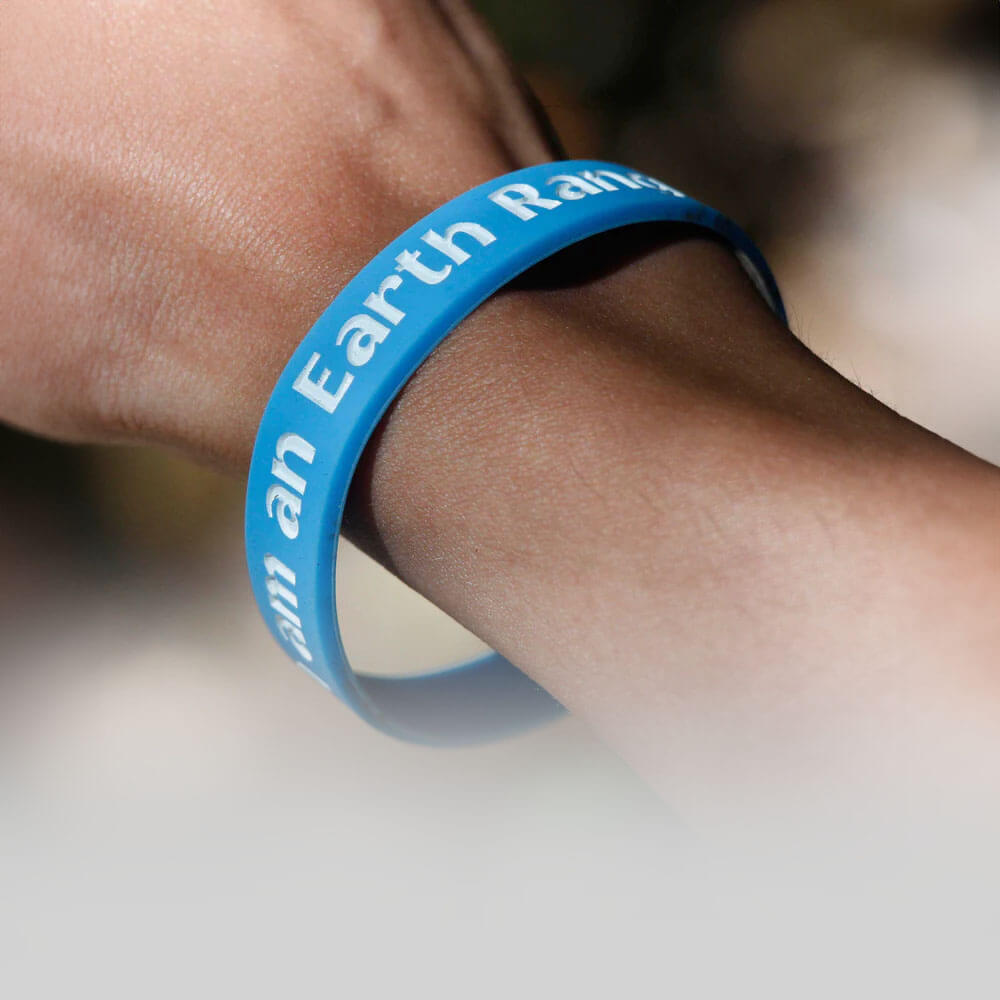As the snow starts to fall and all things red and green start popping up everywhere it’s a sure sign to start thinking about caribou! Why, you may ask? Well, because woodland caribou are Canada’s reindeer! Get into the holiday spirit by teaming up with Earth Rangers and CPAWS to help protect these festive animals and the amazing Canadian boreal forest habitats they call home.
Find A Caribou
You have probably seen a caribou this week, just take a second to dig in your couch cushions to see if you can find a 25-cent coin. Do you see it? Right there on the quarter is a caribou! No, not the classy lady with the crown (that’s the Queen); flip it over and there with the big antlers is your friendly Canadian caribou.


Both the males and females have antlers, which is a pretty unique characteristic. Woodland caribou are the only deer species where both genders have antlers. Woodland caribou live in boreal forests across Canada, preferably areas with trees that have been around for a while, over 60 years is ideal. These old growth forests have the perfect combination of dense tree coverage to protect them from predators and lots of lichen, which makes up 60-70% of their diet.
 Photo Credit: Ron Thiessen
Photo Credit: Ron Thiessen
Scientists consider woodland caribou as an indicator species meaning how caribou populations are doing in Canada’s boreal habitat tells us a lot about the health of the boreal forest ecosystem that these incredible animals call home. That’s why it spells trouble that woodland caribou populations are threatened across Canada. Some of the major causes of woodland caribou declines are habitat loss and fragmentation, increased risk of predation from large mammalian predators and disease. These threats are why we need YOU to join Project Caribou!
In partnership with CPAWS and CBFA, Earth Rangers will be working to help conserve woodland caribou in Manitoba by supporting a traditional knowledge study with the Nelson House Cree Nation (NHCN) People.
The Canadian Boreal Forest Agreement (CBFA) works to ensure the health of the forestry sector while protecting the environment and the animals that call the boreal forest home, like the woodland caribou. Nineteen member companies and seven leading NGOs make up the CBFA. Together they're protecting over 73 million hectares of public forest, making this effort the largest conservation agreement ever. |
The study will collect traditional knowledge about caribou from the NHCN People. This traditional knowledge will include information about their understanding of where woodland caribou populations are in Manitoba and how they use woodland caribou sustainably. This information will then be used along with conservation science to help us save this threatened species. This study brings together the NHCN People, woodland caribou scientists, government officials and industries that are part of the CBFA. Together the project will help protect an estimated 4 million ha of caribou habitat and promote conservation education in Manitoba.
Be Part of Project Caribou
Becoming part of Project Caribou is easy! From November 18 to January 6 when you fundraise for any Earth Rangers Bring Back the Wild project a portion of the donations will go to support Project Caribou*. This means you can help protect two animals at once! Talk about working hard together to save animals! Get started by setting up a Bring Back the Wild campaign and sharing it with your friends and family. Remember to tell them that when they support your campaign for any animal they are helping the woodland caribou too. You can also help protect caribou with an EXCLUSIVE caribou t-shirt; check back Monday, December 2 for more details.
In Support of
Generously Supported by
*From November 18, 2013-January 6, 2014 Earth Rangers will use a portion of the funds raised through the Bring Back the Wild project (to a maximum of $10,000) to support Project Caribou, Earth Rangers’ seasonal animal project. The funds will be donated to the Canadian Parks and Wilderness Society for caribou research.










Leave a comment
This site is protected by hCaptcha and the hCaptcha Privacy Policy and Terms of Service apply.